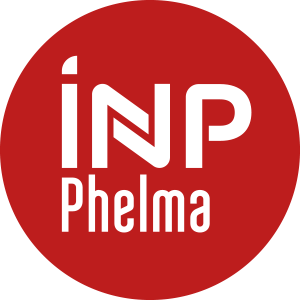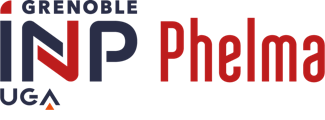Volumes horaires
- CM 6.0
- Projet 0
- TD 6.0
- Stage 0
- TP 4.0
Crédits ECTS
Crédits ECTS 2.0
Objectif(s)
Acquire knowledge of the most important biophysical techniques used in characterizing biological objects or systems at the molecular level. Methods include bulk measurements and measurements on single molecules.
Contact Davide BUCCIContenu(s)
In this course we present different methods for characterizing biological (nano-)objects at the level of a population or for single molecules. These biological molecules undergo conformational changes, associate and react with each other. We therefore need methods to assess:
• The structure of the object
• The stability of the structure
• Conformational changes of the object
• Interactions with reaction partners
• Rates of conformational changes or reactions
The course presents, among others, the following methods for studying biological molecules or systems: spectroscopic methods (absorption spectroscopy, fluorescence spectroscopy, FRET, Fluorescence Correlation spectroscopy, Raman spectroscopy, …), microcalorimetry, magnetic and optical tweezers, mass spectrometry, proteomics, ….
The techniques are presented in the context of illustrative examples of the investigation of diverse biological systems (molecular motors, riboswitches, single-molecule DNA sequencing, in vivo FRET measurements, construction of molecular sensors, …).
The labworks corresponding to the course introduce experiments of microcalorimetry to assess conformational changes of RNA molecules or optical tweezers to manipulate nano-objects.
Prérequis
Basic knowledge of fundamental mechanisms and object in biology, basic knowledge of biophysical measurement methods
Semestre 9 - L'examen existe uniquement en anglais 
DS organisé par l'UGA
SESSION NORMALE :
Types d'évaluation : DS, CC
Evaluation rattrapable : DS
- duree : 2h
- documents autorisés : oui
- calculatrices autorisées : oui
- possible en distanciel : non
Evaluation non rattrapable : CC - commentaires : report
SESSION DE RATTRAPAGE : DS
Evaluation : DS
- duree : 2h
- documents autorisés :
- calculatrices autorisées :
- possible en distanciel : non
60% exam 40% labwork report
DS organisé par l'UGA
60% exam 40% labwork report
DS organisé par UGA
Le cours vaut 3.0 ECTS pour les étudiants du cursus UE Broadening courses nanomedicine1
Semestre 9 - Le cours est donné uniquement en anglais



